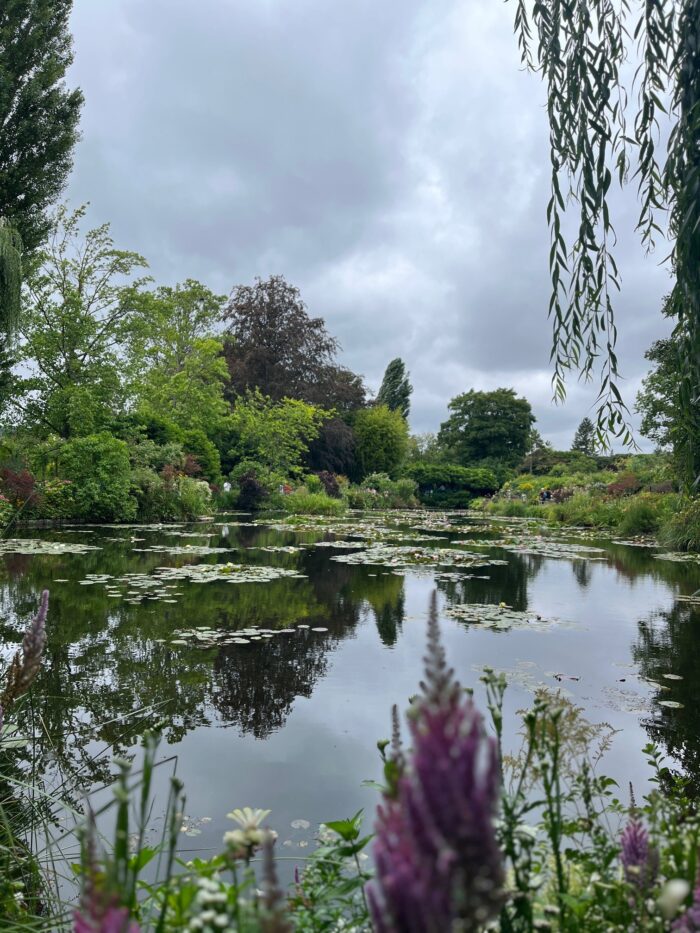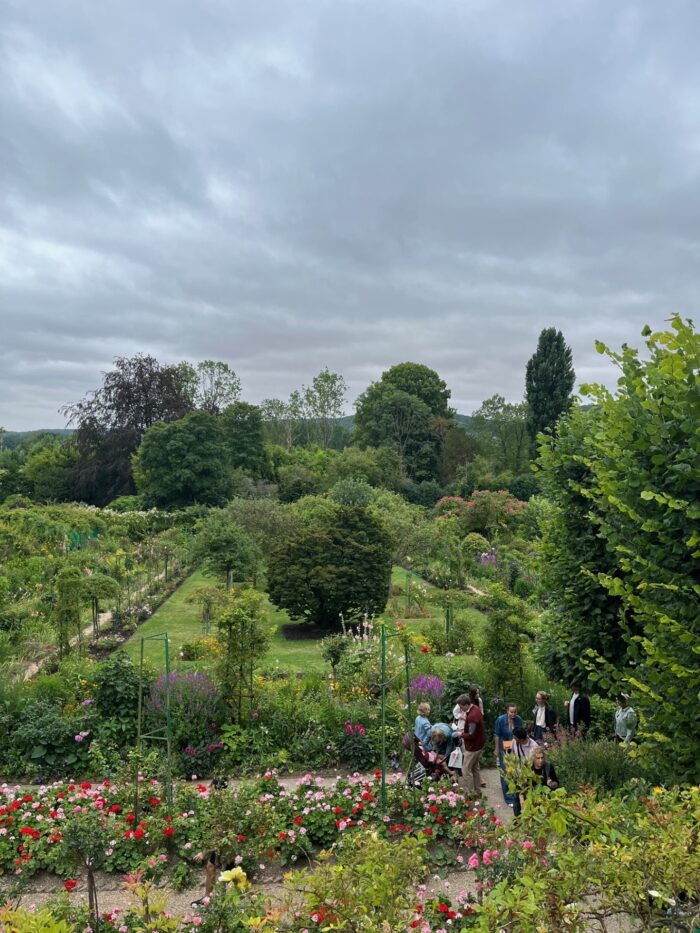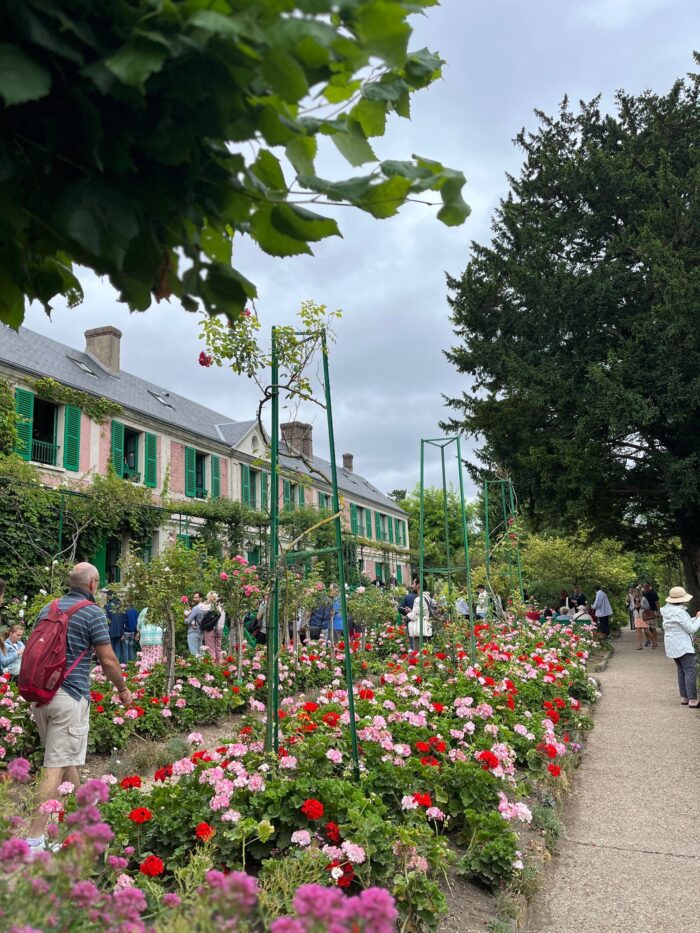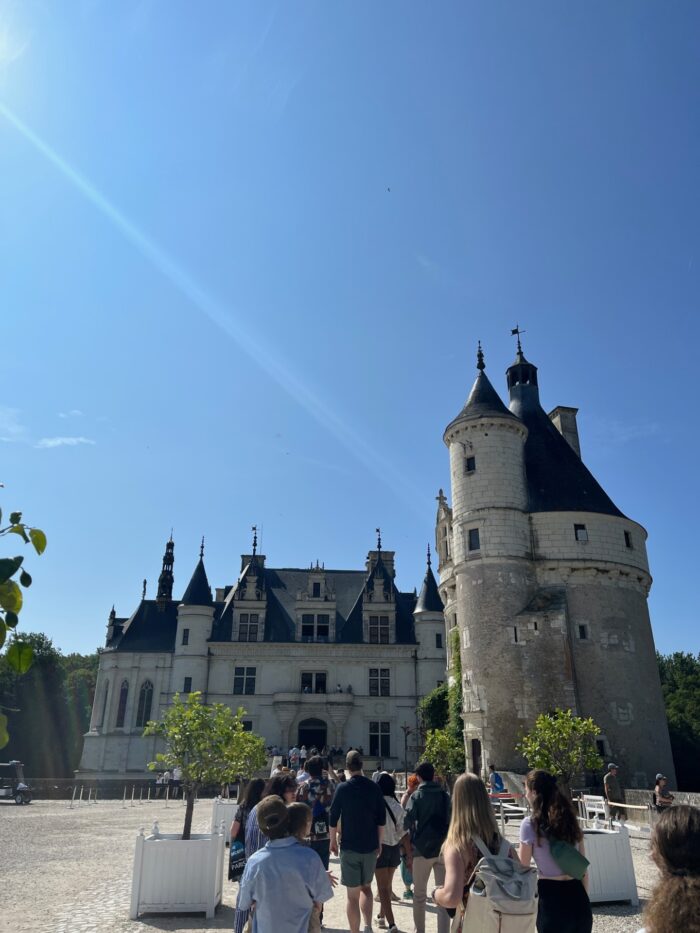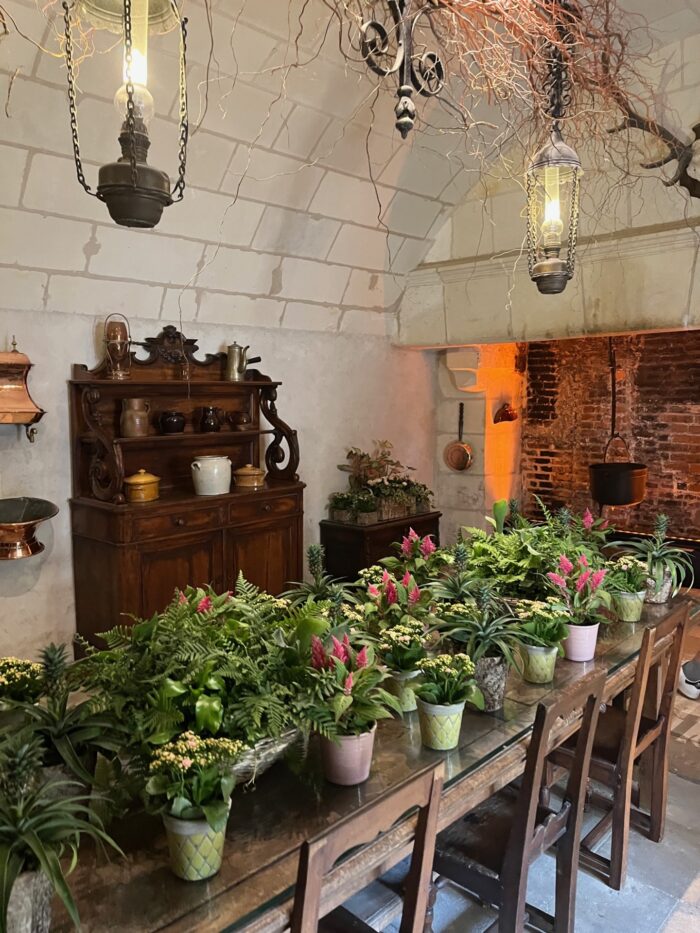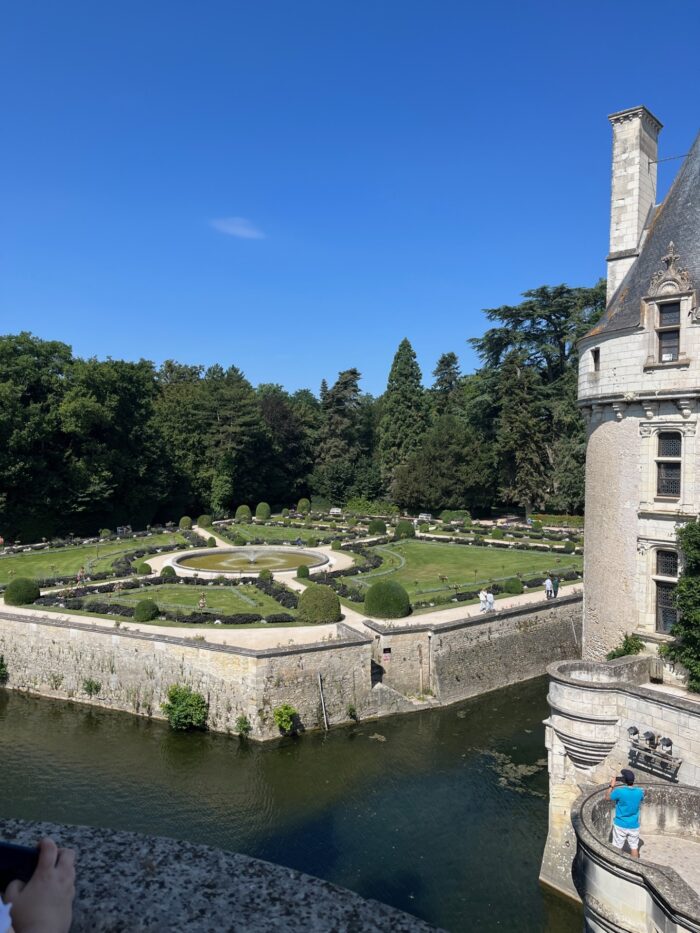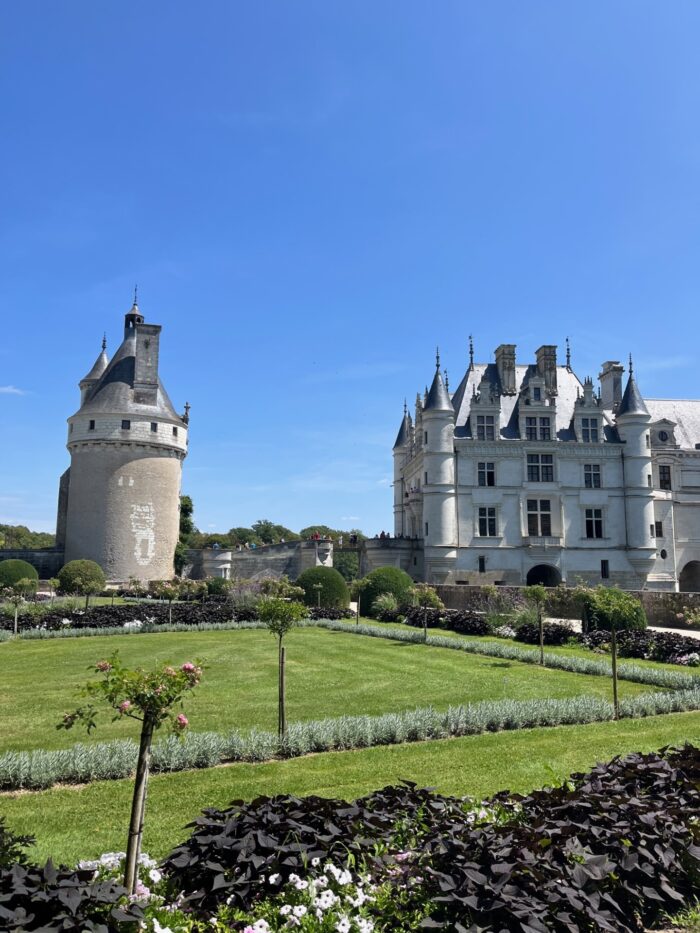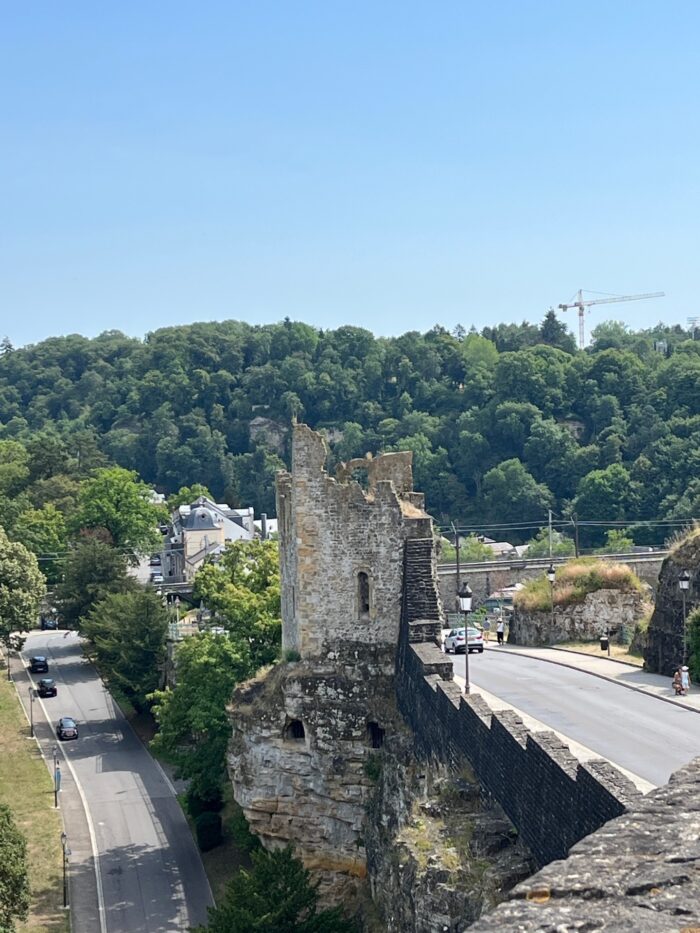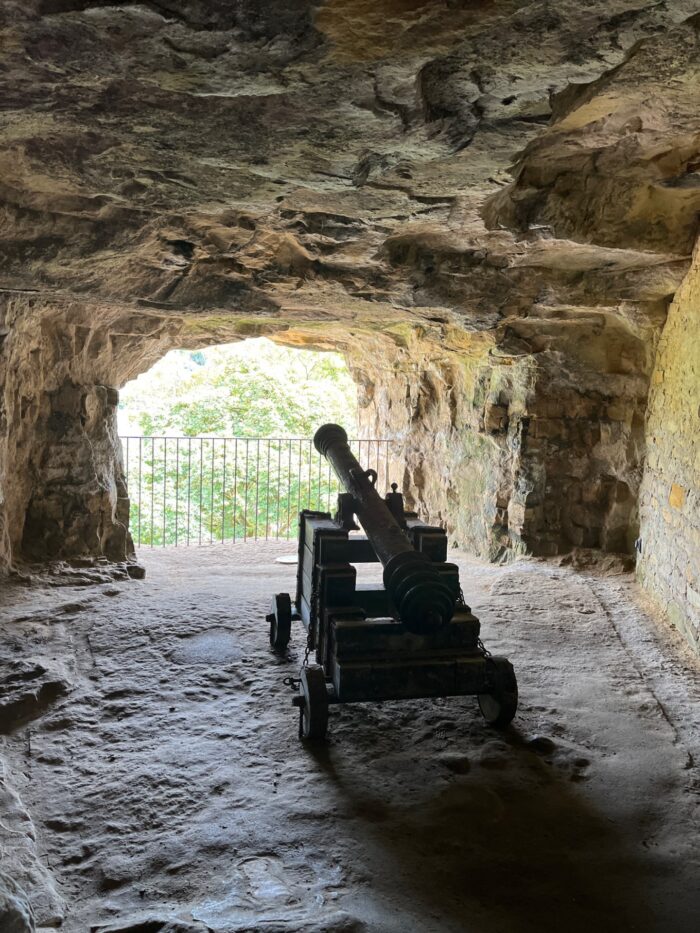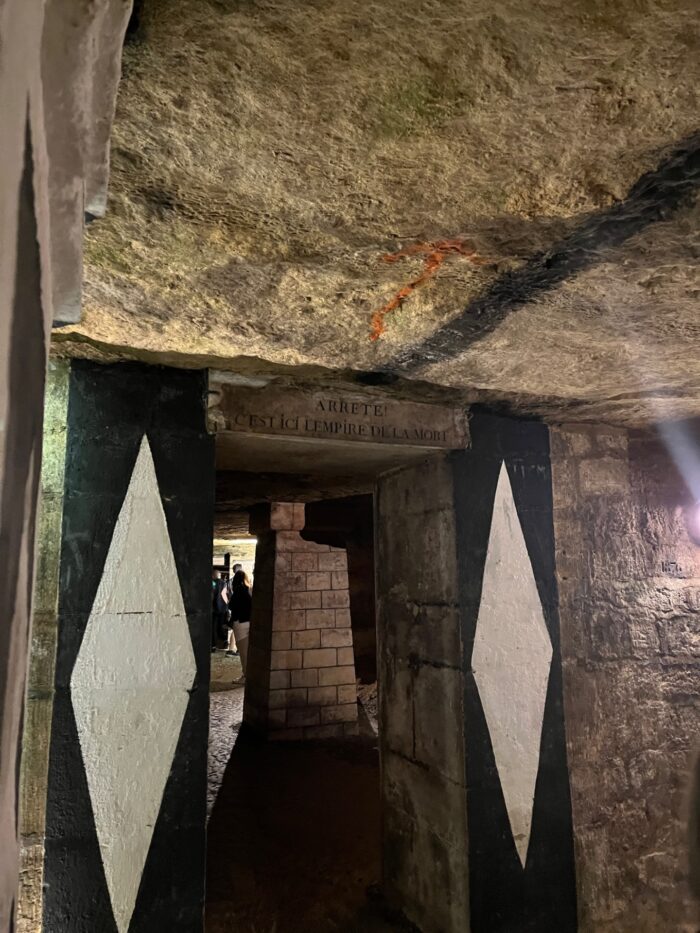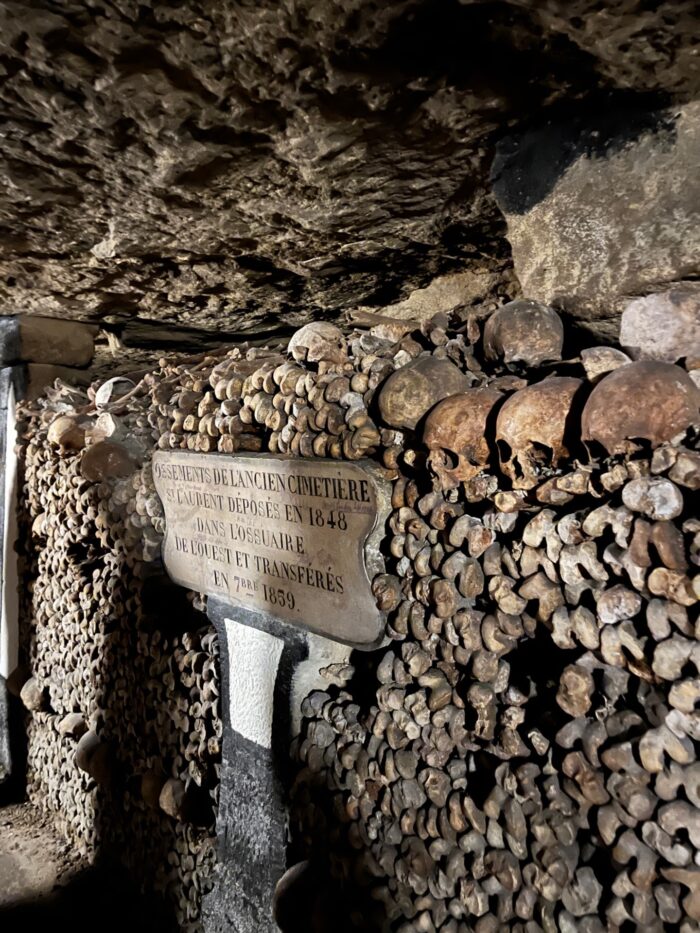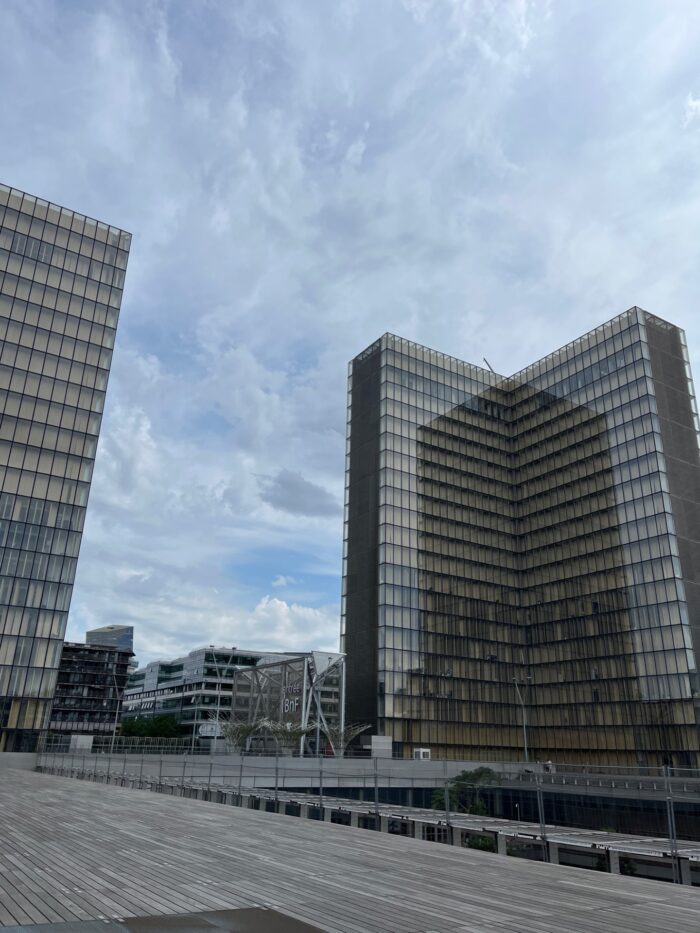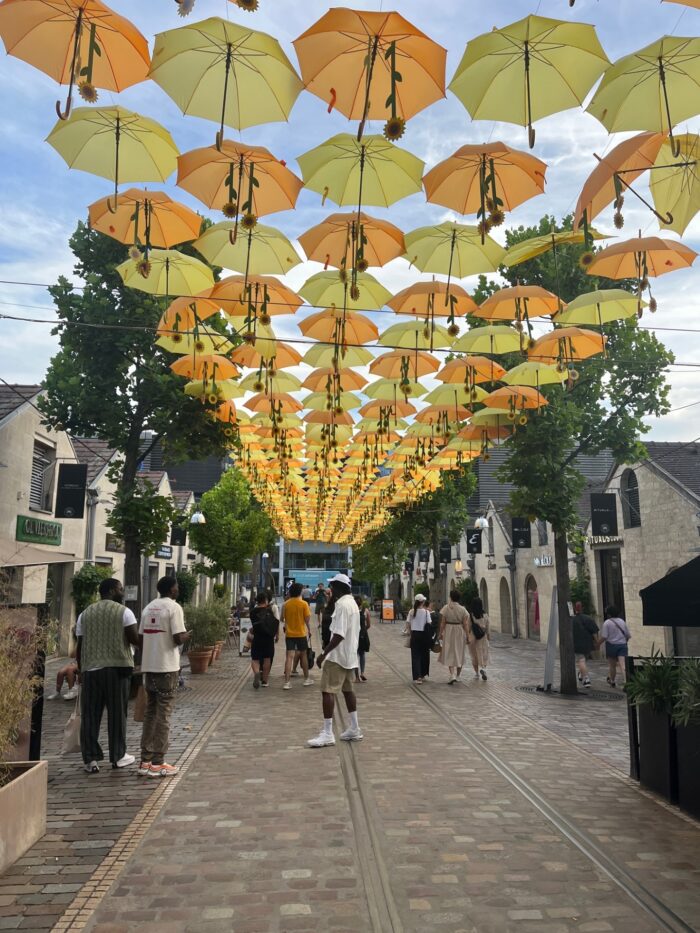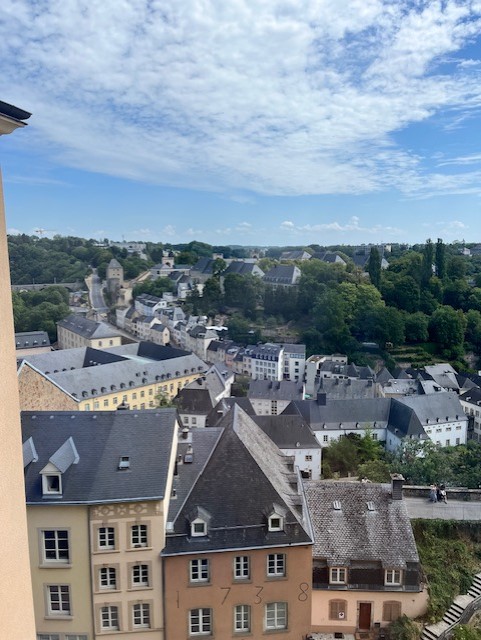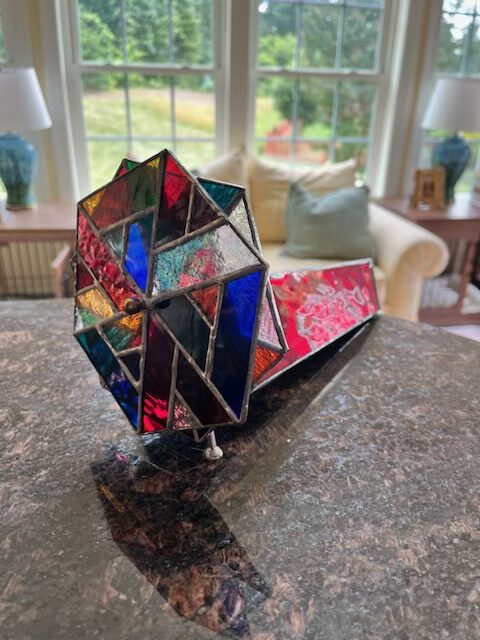On Sunday, a few of us decided to go up to Giverny to see Monet’s Gardens and house. I’ve always wanted to go through hearing friends and family describe how beautiful it was and I finally got to do it. The gardens were beautiful with every type of flower you could imagine. Even more so each row of flowers were color coordinated, one row with pink flowers, one with yellow and orange etc. These rows all led up to the house Monet lived in. The outside of the house was interesting with its pink stucco and green shutters, but the inside was even more colorful. Almost all the crown molding and doors were painted bright colors. In some rooms the doors were purple and pink, in some a bright sky blue. If the rooms were bright colors, there would be floral wallpaper covering the walls. My favorite room in the house was the dining room. The whole room was this bright sun yellow. The sideboards, curios, tables, walls, and floor were all various shades of yellow that made you think you were walking into a field of sunflowers. After the house we went to the second set of gardens on the property. This was where the lakes and lily pads were and it was also beautiful. My favorite part of this garden were the arched green bridges that took you over the lake. It was the inspiration for his most popular paintings and I can see why. The lake was filled with lily pads all in bloom and it was beautiful. You could also see birds and ducks swimming around in the lake as well. One of the bridges is covered with vines which are beautiful as well. Based on some of Monet’s paintings those vines bloom into what looks like wisteria. While we weren’t able to see the flowers in bloom, it was still beautiful. Behind the lake and behind his house, there is this large hill where you can see trees and small farm houses. There were also horses on the hill roaming around which further added to the calm nature of Giverny. It was so serene and peaceful and if I’m ever in France again, I definitely would love to go back.
